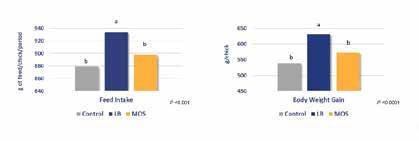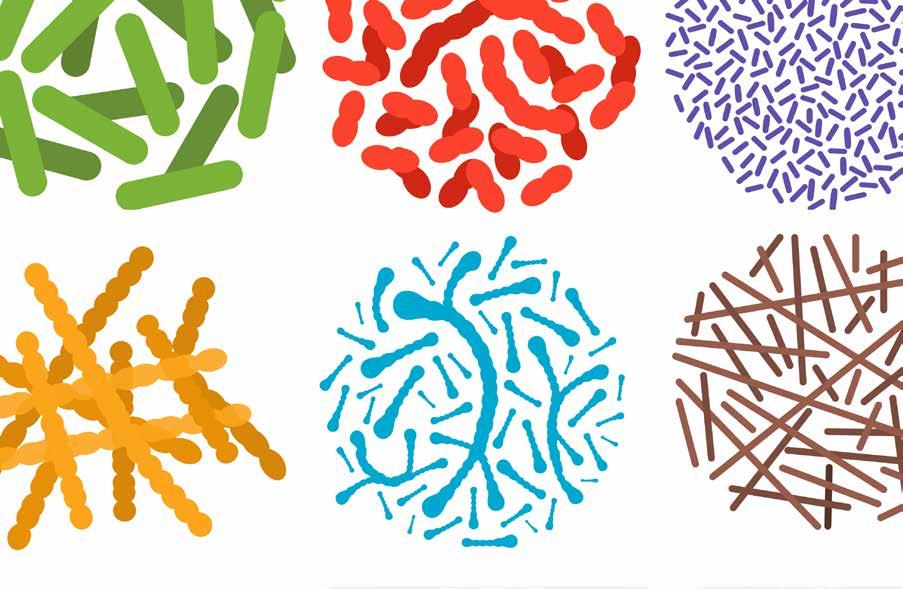
6 minute read
Pioneering in Postbiotics
by Philippe TACON, Director Business Development Animal Health, Adare Biome, France
ver the last decade, new
Advertisement
Otechnologies have facilitated large-scale analysis of the genetic and metabolic profile of microbial communities, increasing our knowledge and enabling a deeper understanding of the role of the microbiome in health and disease. It is now well recognized that microorganism populations, be it in the digestive tract, on the skin, or in the oral cavity, can be modulated using “biotics”. The most popular “biotic” substances are prebiotics, which specifically feed beneficial bacteria, and probiotics, live organisms that have a beneficial effect on the host. A new category has now emerged since the 2021 consensus paper by the International Scientific Association of Pre- and Probiotics (ISAPP), the so-called “postbiotics”, which are defined as intact or fragmented non-living (“inanimate”) micro-organisms with a benefit effect on the host.
Several terms have been used to describe such compounds, although ‘postbiotic’ has been used most often during the past decade. The concept is related to this family of terms and is emerging as an important microorganism-derived tool to promote health, but the term 'postbiotic' has been used inconsistently in scientific literature, and often referred to individual microbial metabolites, such as butyric acid until the 2021 ISAPP Consensus provided a clear definition. ISAPP defined a postbiotic as
‘a preparation of inanimate micro-organisms and/or their components that confers a health benefit on the target host’. It can contain intact inanimate microbial cells and/or microbial cell fragments/structures, with or without metabolites/end products.
Postbiotics over Pre- and Probiotics
Postbiotics offer several advantages over pre- and probiotics. Prebiotics first need to selectively stimulate growth of beneficial bacteria, while probiotics need to become active in the digestive tract and start producing active components. In both cases, this requires a certain amount of time. In contrast, postbiotics already contain their active components in large amounts, since these are produced in large numbers during the fermentation process. Therefore, they can act immediately on the microbiota and intestinal epithelial cells. There are examples of postbiotics that have been developed from probiotics. An additional benefit of postbiotics is that, in some cases, heat treatment of the microorganism actually enhances its immunomodulation effect, probably owing to the variety of compounds they release. Other advantages of postbiotics compared to live probiotics are that it is nearly impossible for them to transfer genes related to antibiotic resistance or to proliferate in extra-intestinal tissues in case of gut barrier failure. Inactivation also means that postbiotics are highly stable.
The higher stability of postbiotics is also especially relevant in the animal production industry where the rising temperature and mechanical constraints during feed production, and challenging storage conditions are putting more pressure on the use and viability of living microorganisms.
Beyond substrates and living microorganisms, non-living microorganisms, microbial cell components, (including pili, cell wall components or other structures), and some microbial metabolites have demonstrated beneficial effects in controlled clinical studies in gastro-intestinal diseases and associated diarrhea, by modulating the resident microbiota, enhancing epithelial barrier functions, and regulating immune responses. They can also influence animal health beyond the gastrointestinal tract, by modulating systemic immune- and metabolic responses, and by signaling via the nervous system.
Lactobasillus LB; “pioneer is postbiotics”
This new category of postbiotic, with a proven influence on the gut microbiome is well illustrated by Lactobacillus LB. This strain was first isolated from a healthy human in 1907. Originally categorized as Lactobacillus Boucard after its discovery, Dr.

Pierre Boucard, it has since been defined as being a mixture of two unique strains of two different species: Lactobacillus fermentum and Lactobacillus delbrueckii. Following several steps of controlled fermentation, the bacteria are inactivated by heat treatment and dried with their metabolites and culture medium. Lactobacillus LB can then be defined, following 100 years of research and decades of published research, as a “pioneer in postbiotics”.
Some documented modes of action of Lactobacillus LB which have been identified include: The ability to bind to intestinal epithelial cells, inhibition of epithelial cell association with and invasion by several strains of enteropathogenic bacteria including E.coli and Salmonella, reduction of viable Salmonella cells in mouse intestines, and prevention of damage to brush borderassociated structural and functional proteins in Caco-2/TC7 cells exposed to E.coli C1845. Lactobacillus LB can also influence animal health beyond the gastrointestinal tract, by modulating systemic immune- and metabolic responses, and by affecting signalling via the nervous system. It has been extensively studied using in vitro techniques, murine models, and in numerous human clinical studies.
Very recent studies have shown that Lactobacillus LB can influence the composition of gut microbiota in mice while reducing stress. It can also orientate the microbiome towards a majority of Bifidobacterium in fecal samples. Such an effect has also been shown in post weaning piglets challenged with Escherichia coli (strain F18+). Piglets supplemented with Lactobacillus LB in their diet from weaning had an improved diversity of jejunal mucosa-associated microbiota, increasing the relative abundance of Lactobacillus while reducing Helicobacter


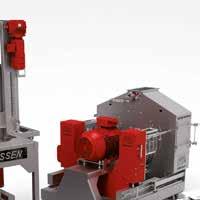
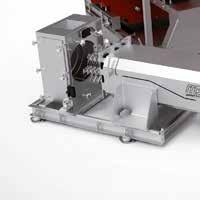

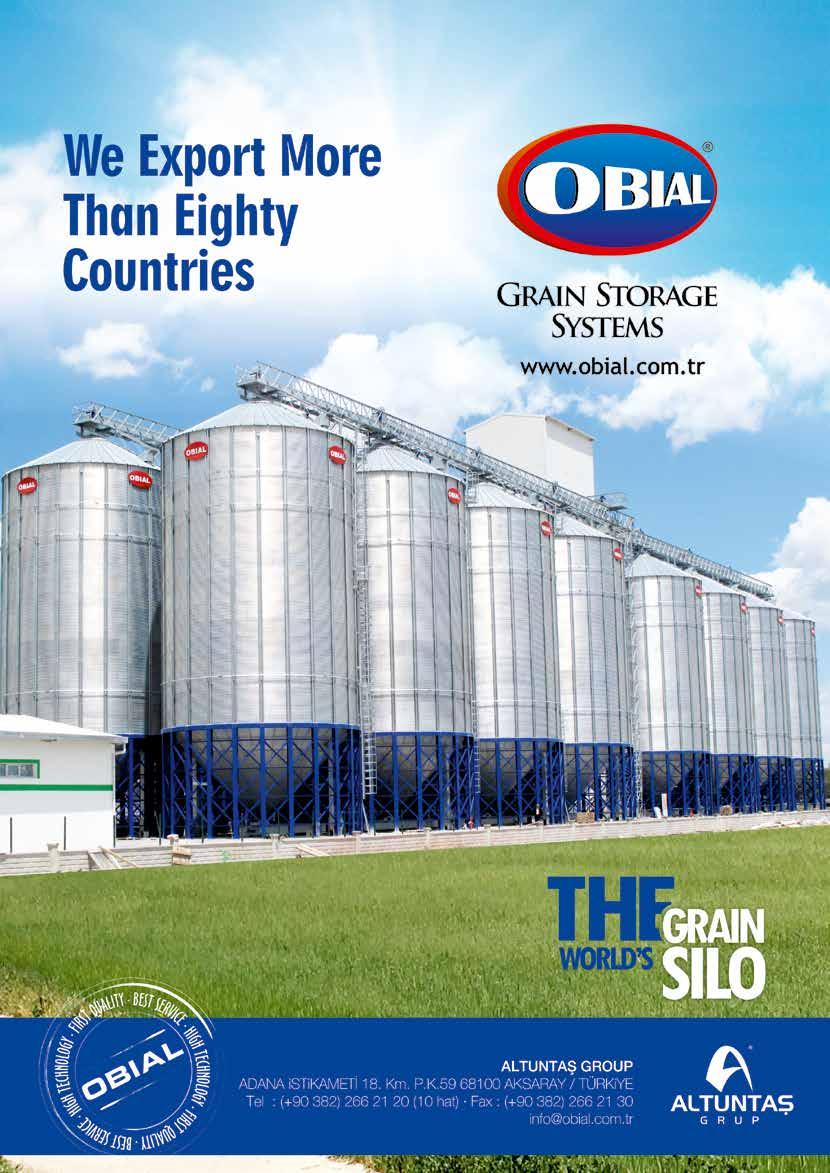
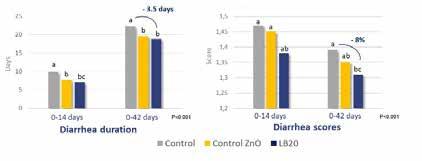
compared to the untreated challenged group. Markers of gut health were also positively correlated to improved feed intake and growth rate. This apparent strengthening of key parameters of gut health may have contributed to a mitigation of a breakdown in digestive health and loss of performance following exposure to pathogenic F4+ E. coli In these experiments, it was shown that the benefits of the postbiotic were similar or even better than pharmaceutical levels of Zinc Oxide In fact, adding Lactobacillus LB on top of ZnO proved to enhance the effect of the treatment compared to ZnO alone. Similar results were shown in commercial trials with post -weaning piglets indicating a better growth efficiency compared to positive controls such as ZnO or antibiotics.
The improvement of the digestive environment can also be seen during aflatoxin contamination. While this study was done in broilers, of which the growth in presence of the mycotoxin was rescued by Lactobacillus LB, it nevertheless illustrates its potential. In ruminants, Lactobacillus LB has also been proved to improve the efficacy of antibiotic treatment in recurrent E. coli-induced diarrhea in buffalo calves. Conclusion
The postbiotic Lactobacillus LB has been shown to positively impact several measures of gut integrity in vitro, in murine and human models, and now in production animals. The documented
Lactobacillus LB helps reducing the intensity and reduction of diarrhea in weaned pigs to the same extent as Zinc Oxide in a commercial setting. Pigs were fed for 42 days with a dose of 20g/T. (Eckhardt et al 2022). Lactobacillus LB improves the growth and feed intake of broiler chicks exposed to aflatoxin as efficiently as a standard solution (Atla et al 2013). modes of action of LB, including binding to epithelial cells, blocking of epithelial binding of pathogens like E. coli and Salmonella, and maintaining the integrity of gut epithelia, are consistent with the recent results in livestock. Collectively these data suggest that LB has potential to help maintain normal gut health through stressful periods while being easily included in the harsh process of animal feed production.
